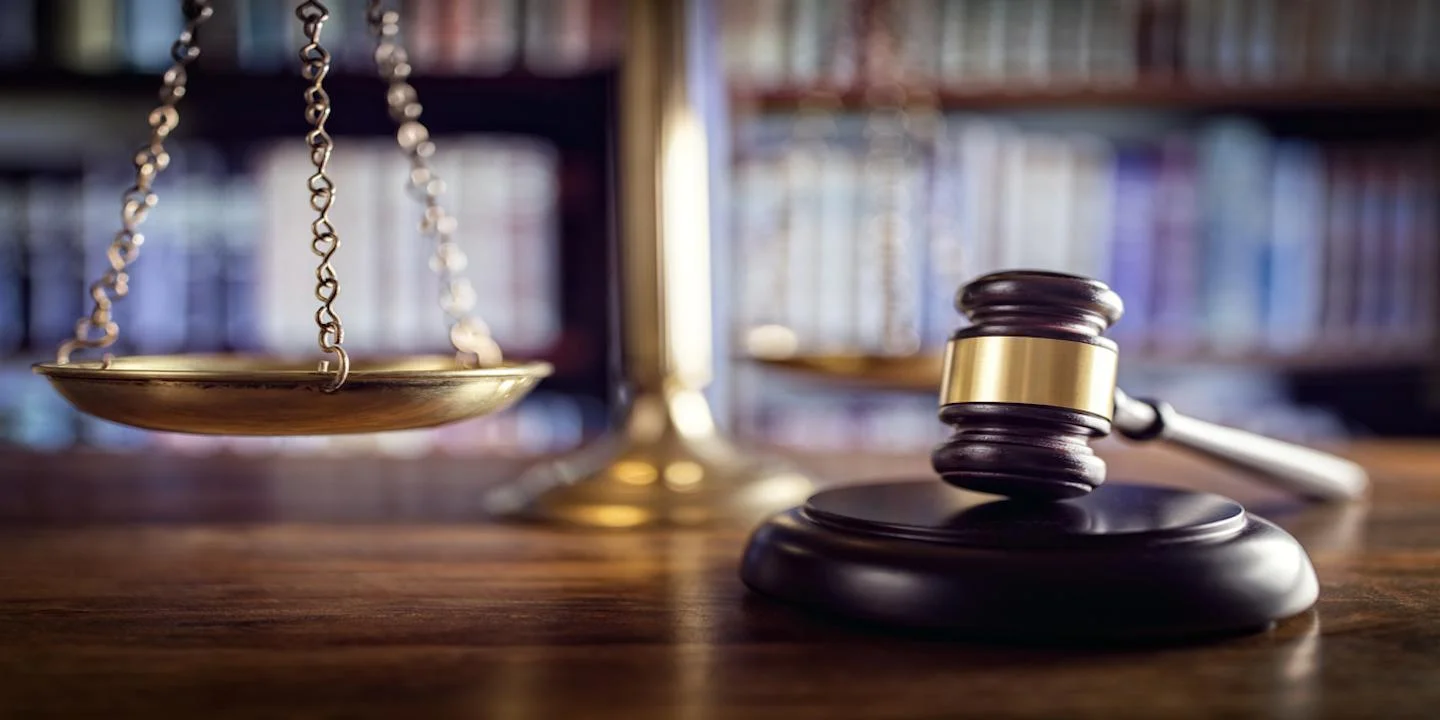SPRINGFIELD – As he was about to leave office, former Illinois Gov. Pat Quinn signed into law a bill, strongly supported by the Illinois Trial Lawyers Association, that would have reduced the number of jurors in state civil trials from 12 to six. On Sept. 22, the Illinois Supreme Court rescinded the law in a unanimous 5-0 vote, declaring it to be unconstitutional.
The justices pointed to transcripts from the state's 1970 constitutional convention that showed its drafters did not believe the General Assembly had the authority to determine the size of juries in state trials.

Suja Thomas
The Illinois Supreme Court ruling affirmed that of Cook County Circuit Court Judge William Gomolinski, who revoked the new statute last December on the basis that it violated the constitutional right to trial by jury and separation of powers between the legislature and judiciary.
University of Illinois professor of law Suja Thomas said the change would have had deep implications for the civil justice system in the state. Thomas is the author of a recently published book, "The Missing American Jury: Restoring the Fundamental Constitutional Role of the Criminal, Civil, and Grand Juries."
While jury trials provide the setting for some of the most dramatic moments in television, novels and film, in reality less than 1 percent of civil lawsuits heard in federal and state courts are resolved by juries, Thomas told the Cook County Record.
There has been a diminution of the role juries play in the U.S. justice system in recent decades, to the detriment of society, Thomas asserts.
The introduction of new judicial mechanisms, such as summary judgments and motions to dismiss, have contributed to the trend, as has growing use of arbitration out of court.
"Judges and arbitrators are deciding cases that in the past would have been resolved by juries at common law," Thomas said.
Overwhelmed by the rapid growth in caseloads, it seems reasonable that courts and attorneys sought out and adopted new means to resolve civil lawsuits. The effects ripple out across the legal system and challenge fundamental constitutional principles of equal justice and common law mechanisms, such as jury trials, that predate and were incorporated in the U.S. and state constitutions, however, Thomas said.
In deciding on the legal validity of the jury reduction law, the Illinois Supreme Court sought to identify the essential nature and composition of a jury as per common law, which requires they have 12 members, Thomas explained. The justices found the new law to be unconstitutional in that it violated the right to trial by jury.
The justices didn't address the issue of separation of powers, as did Gomolinski, however. Mandated by the U.S. and Illinois constitutions, the separation of powers between executive, legislative and judicial branches of government provides a strong argument against the legislature being able to change the jury requirement, Thomas said.
"I think there are various interest groups who will think that a six-person jury is sufficient to decide a civil case, and would also like to increase jurors' compensation, which was another aspect of the legislation," she added.
Of what significance would the reduction in civil court jury sizes have been? The question turns on two issues: burden of proof and jury unanimity.
It's easier for plaintiffs to convince six jurors to find for them than it is to convince 12, which is major factor behind the support for the law from the Illinois plaintiffs' bar. Defense counsel, by contrast, would prefer larger juries and so opposed it, Thomas said.
Studies have also shown smaller juries can be less diverse, she noted.
"All this really goes back to why we have juries," she said. "The point is to have a group of citizens decide certain issues. If you start changing the number of jurors and unanimity, you start changing the core of the system that was contemplated both in the U.S. and Illinois constitutions. In effect, you begin creating an entirely new system of justice."
